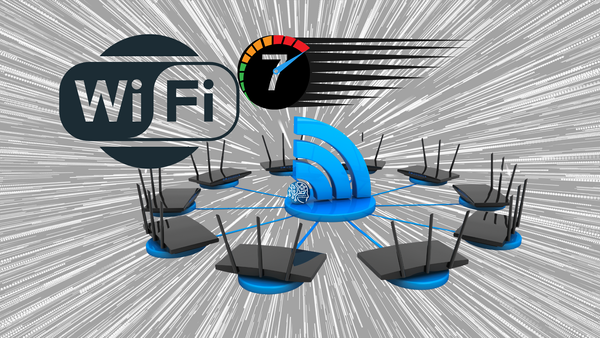Have you met DeepSeek? Here's how it stacks up against OpenAI and ChatGPT
Identifying your needs is crucial in selecting the right tool. DeepSeek primarily caters to those seeking swift, context-rich information without unnecessary clutter. This includes researchers, scholars, and casual users who want quick answers without sifting through endless lists of links.
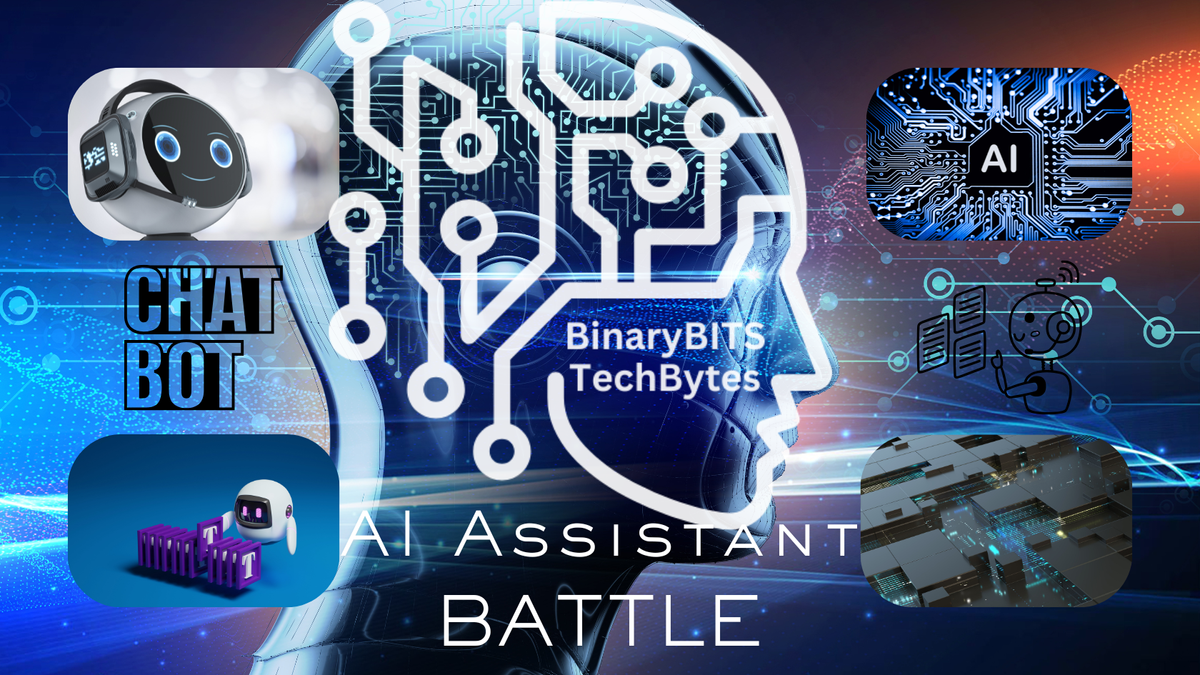
In a world where artificial intelligence is changing everyday experiences, new tools pop up frequently, claiming to transform how we find information. DeepSeek is one such tool that has been making major waves. But what is DeepSeek exactly, and how does it measure up against established platforms like OpenAI and ChatGPT? Let's check out the features, functionalities, and overall user experience of DeepSeek and by the end, you’ll know whether this is the AI assistant you've been searching for.
What is DeepSeek?
DeepSeek is an AI-driven search tool specially designed to enhance your searching experience. Unlike traditional search engines that bombard you with a flood of links, DeepSeek aims to grasp the context of your queries. This results in more relevant and tailored information.
Using sophisticated machine learning algorithms, DeepSeek efficiently navigates extensive datasets. The platform ensures you receive precise answers without wading through irrelevant content. For example, if you search for "effects of climate change on agriculture," DeepSeek would prioritize relevant reports and articles rather than showing unrelated blog posts.
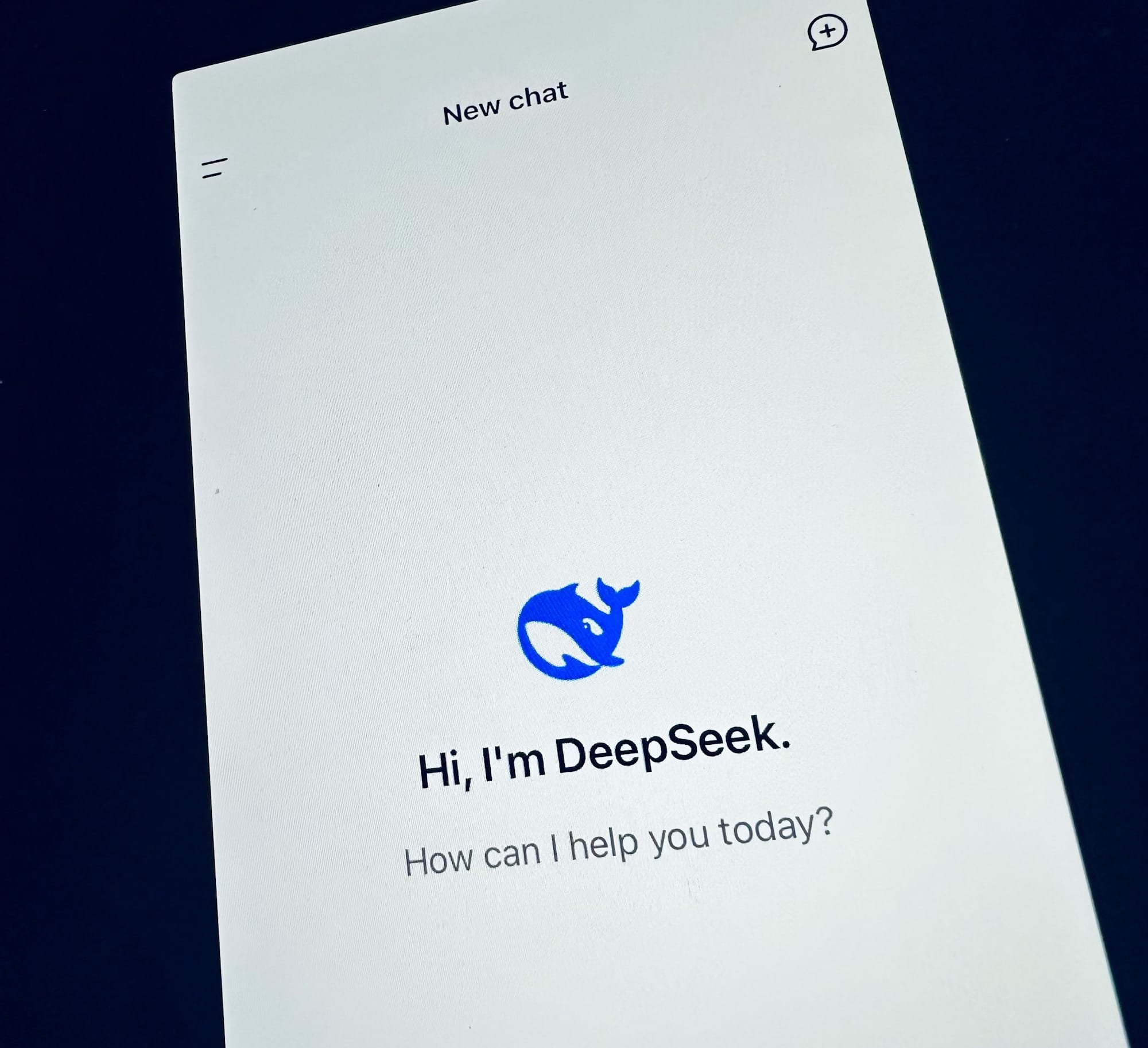
The Technology Behind DeepSeek
DeepSeek harnesses the power of natural language processing (NLP) to decode and understand user queries. This AI segment facilitates machines in interpreting human languages effectively. With NLP, DeepSeek comprehends the intent behind your inquiries, leading to more accurate responses.
As users engage with the platform, DeepSeek learns from these interactions, enhancing its effectiveness over time. For instance, if a researcher frequently asks about renewable energy data, DeepSeek will tailor its responses based on the context of that topic, resulting in quicker, relevant results in future searches.
Energy Efficient
Energy efficiency is a crucial aspect of DeepSeek. By utilizing advanced algorithms and machine learning techniques, DeepSeek minimizes the energy consumption associated with data processing and storage. This efficiency is achieved through various means, including the implementation of optimized data structures, parallel processing capabilities, and the reduction of redundant computations.
One of the key features that enhances the energy efficiency of DeepSeek is its ability to intelligently prioritize search queries. By analyzing user behavior and historical data, DeepSeek can predict the most relevant information, thereby reducing the need for extensive searches across the entire dataset. This targeted approach not only saves time but also significantly lowers the energy expenditure required for data retrieval.
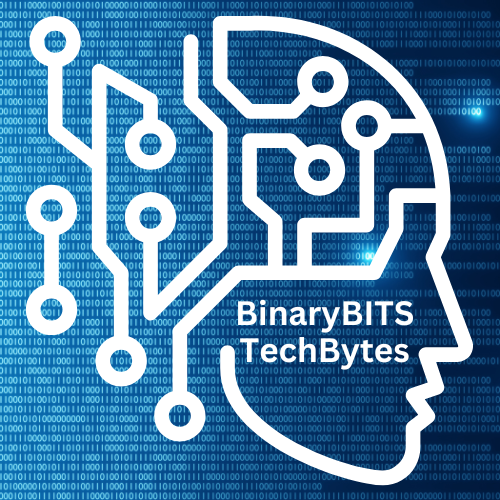
Further still, DeepSeek employs state-of-the-art hardware that is specifically designed to operate with maximum energy efficiency. This includes the use of energy-efficient processors and memory systems that are optimized for the types of operations commonly performed by DeepSeek. By leveraging such hardware, the system can deliver high performance while maintaining a low energy footprint.
In addition to hardware advancements, DeepSeek also incorporates software optimizations that further enhance its energy efficiency. This includes the use of energy-aware scheduling algorithms that allocate resources dynamically based on current workload demands. As a result, DeepSeek can adjust its resource utilization in real-time, ensuring that energy is conserved during periods of low activity while still providing the necessary power for peak performance when required.

Not Just Efficient - It's Cheap!
DeepSeek has been shown that it can keep up (or even go beyond) with the power of ChatGPT and others and utilize a fraction of the chipsets required. ChatGPT for example, must, at a minimum, use 10,000 chipsets for computing and learning. DeepSeek can preform equally, if not better, on only 2,000 chipsets. Utilizing fewer chipsets for DeepSeek can lead to a range of benefits that enhance both the efficiency and effectiveness of the technology while drastically lowering startup and overhead costs. By minimizing the number of chipsets involved in the DeepSeek process, it can streamline operations, reduce costs, and improve overall performance. This approach allows for a more compact and integrated system, which can lead to faster processing times and lower power consumption. This scalability is essential in today's data-driven environments, where organizations are continuously seeking ways to manage larger datasets without incurring prohibitive energy costs.
Furthermore, fewer chipsets can simplify the design and manufacturing processes, making it easier to troubleshoot and maintain the system over time. In addition, a reduction in the number of chipsets can also contribute to a smaller physical footprint, making DeepSeek solutions more adaptable to various environments and applications. Not only are the operational capabilities of DeepSeek enhanced but they now fully align with the growing trend towards a more sustainable and resource-efficient technology solution.
How Does DeepSeek Differ from OpenAI and ChatGPT?
Mission and Focus
The primary focus of DeepSeek sets it apart from OpenAI and ChatGPT. Whereas OpenAI and ChatGPT aim to generate human-like dialogue and creative writing, DeepSeek zeroes in on context-based searches for efficient information retrieval. If your goal is to find detailed information quickly, DeepSeek might be a better fit.
User Experience
DeepSeek offers an intuitive, user-friendly interface that prioritizes simplicity. Users can input inquiries naturally and get instant, focused responses, making it easy to find specific information. In contrast, while OpenAI provides broader interactive options, including creative dialogues, it may lead to distractions if your aim is to retrieve answers swiftly.
For example, users have reported that a typical search on DeepSeek yields results up to 50% faster than conventional search engines on average, allowing you to save valuable time.

Integration Capabilities
DeepSeek scores high on integration capabilities, seamlessly merging with various tools and platforms. This flexibility allows users to incorporate DeepSeek into their daily workflows effortlessly. For instance, project managers can embed DeepSeek into their task management applications, improving productivity without altering established routines.
In comparison, OpenAI and ChatGPT can require adjustments to integrate effectively, making DeepSeek more appealing for those seeking straightforward implementation.

Follow us on Mastodon!
Target Audience
Identifying your needs is crucial in selecting the right tool. DeepSeek primarily caters to those seeking swift, context-rich information without unnecessary clutter. This includes researchers, scholars, and casual users who want quick answers without sifting through endless lists of links.
On the other hand, OpenAI and ChatGPT attract a wider audience, appealing to creative writers and developers interested in building applications. Depending on your specific use case, one tool may suit your needs better than the other.
Advantages of Using DeepSeek:
Speed and Efficiency
DeepSeek excels in rapid information retrieval. When timing is crucial, getting direct answers can significantly boost productivity. This focus minimizes search fatigue and ensures that you’re accessing relevant information quickly. Some users have noted that they can find precise answers in as little as two minutes, compared to five minutes with traditional search tools.
Context-Aware Responses
DeepSeek offers context-aware responses, meaning it can handle complex queries accurately. This feature is particularly useful for specialized topics where traditional search engines may fail. For example, if a user searches for "treatment options for rare diseases," DeepSeek will deliver targeted information, listing the latest studies or expert recommendations.

Stay Up To Date On Tech News From Across The Web
Ongoing Learning
DeepSeek continuously enhances user interactions through its learning capabilities. Over time, it adapts to your preferences, making each search experience increasingly personalized. The more you use it, the better it becomes at understanding what you seek.
Limitations of DeepSeek:
Niche Applications
While DeepSeek excels at straightforward information retrieval, it might not have the same creative or conversational features of ChatGPT. If you need a tool for creative writing or brainstorming sessions, DeepSeek may fall short to some degree in those areas.
Dependency on Input Quality
DeepSeek relies on the quality of user input. How you phrase your queries can significantly affect the quality of results. Clear and well-structured queries are crucial for obtaining the best information.
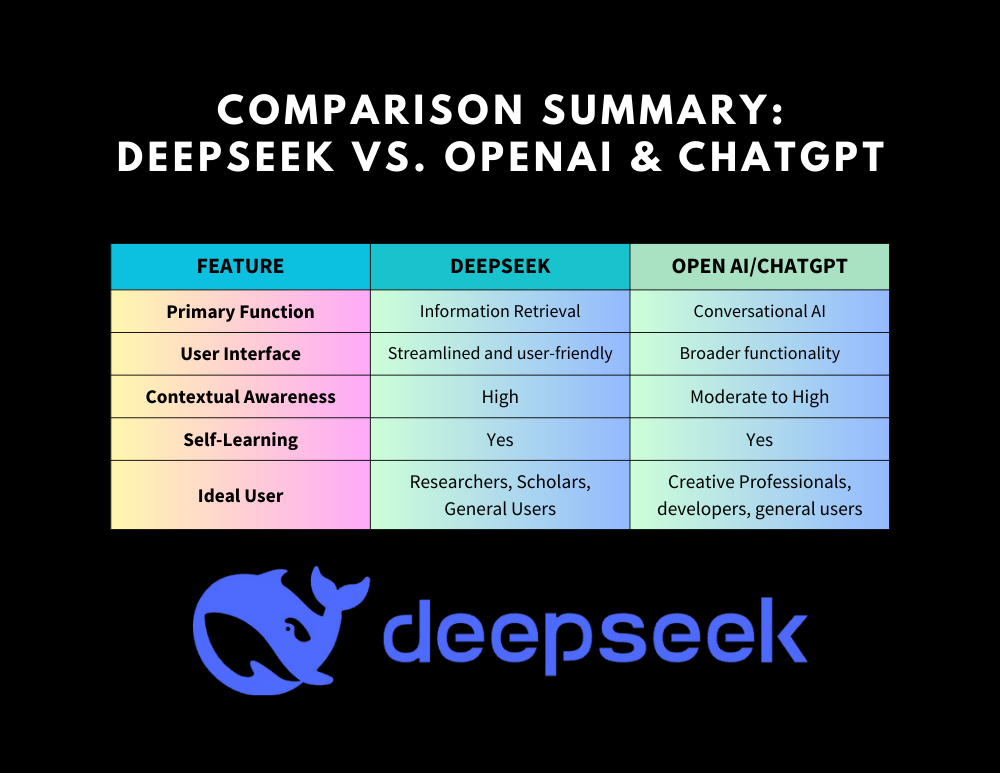
Final Thoughts
Overall, DeepSeek offers a valuable alternative to established tools like OpenAI and ChatGPT and has really shaken the tech world with it's release. Its strengths in information retrieval, contextual awareness, and an easy-to-use design make it an excellent choice for those seeking quick answers.
While OpenAI and ChatGPT offer further conversational and creative capabilities, DeepSeek' s focused approach can save you time and improve efficiency. The choice boils down to your specific needs: rapid information retrieval versus engaging conversations. However, as of late, DeepSeek's creative abilities in writing for example, have performed similarly or even better that it's rivals. We are obviously only at the tip of the iceberg with DeepSeek however, it is already a serious contender in the world of AI and may just become the example to follow.
Whether you're a student hunting for quick facts, a researcher needing detailed analysis, or someone wishing to broaden your knowledge without getting lost in irrelevant information, DeepSeek could be precisely what you're looking for.
Let me know in the comments if you have experienced DeepSeek and what your comparative thoughts are to Open AI/ChatGPT. If you haven't given consideration to trying it out yet, give it a go, see how it integrates into your information-gathering routine, and let me know how effectively it helped you.







